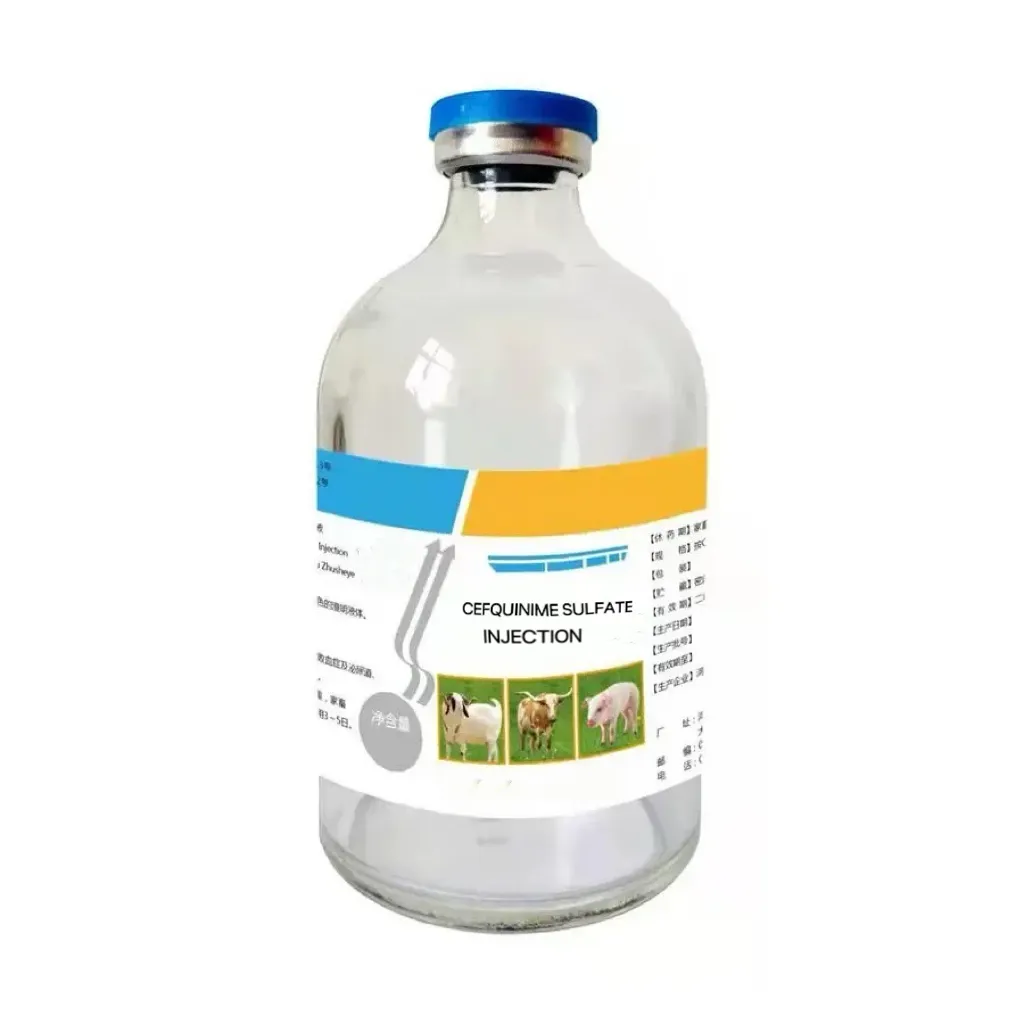- Afrikaans
- Albanian
- Amharic
- Arabic
- Armenian
- Azerbaijani
- Basque
- Belarusian
- Bengali
- Bosnian
- Bulgarian
- Catalan
- Cebuano
- Corsican
- Croatian
- Czech
- Danish
- Dutch
- English
- Esperanto
- Estonian
- Finnish
- French
- Frisian
- Galician
- Georgian
- German
- Greek
- Gujarati
- Haitian Creole
- hausa
- hawaiian
- Hebrew
- Hindi
- Miao
- Hungarian
- Icelandic
- igbo
- Indonesian
- irish
- Italian
- Japanese
- Javanese
- Kannada
- kazakh
- Khmer
- Rwandese
- Korean
- Kurdish
- Kyrgyz
- Lao
- Latin
- Latvian
- Lithuanian
- Luxembourgish
- Macedonian
- Malgashi
- Malay
- Malayalam
- Maltese
- Maori
- Marathi
- Mongolian
- Myanmar
- Nepali
- Norwegian
- Norwegian
- Occitan
- Pashto
- Persian
- Polish
- Portuguese
- Punjabi
- Romanian
- Russian
- Samoan
- Scottish Gaelic
- Serbian
- Sesotho
- Shona
- Sindhi
- Sinhala
- Slovak
- Slovenian
- Somali
- Spanish
- Sundanese
- Swahili
- Swedish
- Tagalog
- Tajik
- Tamil
- Tatar
- Telugu
- Thai
- Turkish
- Turkmen
- Ukrainian
- Urdu
- Uighur
- Uzbek
- Vietnamese
- Welsh
- Bantu
- Yiddish
- Yoruba
- Zulu
Nov . 22, 2024 18:34 Back to list
disinfectant suitable for dogs
Choosing the Right Disinfectant for Dogs
When it comes to maintaining a clean and safe environment for our furry friends, choosing the right disinfectant is crucial. Dogs are sensitive to many chemicals, and their health can easily be compromised by inappropriate cleaning products. Therefore, pet owners must be informed about what disinfectants are suitable for their dogs.
Understanding the Needs of a Dog-Friendly Disinfectant
The primary consideration when selecting a disinfectant is safety. Many conventional disinfectants contain harsh chemicals that can irritate a dog's skin and respiratory system. It's essential to look for products that are specifically labeled as pet-safe. Such disinfectants typically use natural ingredients or are designed to minimize harmful effects on animals.
Common Ingredients to Avoid
There are several ingredients commonly found in household disinfectants that can be unsafe for dogs
1. Phenols Often used in traditional disinfectants, phenols can cause skin irritation and gastrointestinal distress if ingested. Common cleaning products that contain phenolic compounds include Lysol and Pine-Sol.
2. Alcohol While isopropyl alcohol is effective at killing bacteria and viruses, it can also be harmful to dogs if ingested or inhaled in large quantities. Symptoms of alcohol poisoning in dogs can include vomiting, diarrhea, and even respiratory failure.
3. Chlorine Bleach This potent cleaner can be very irritating for dogs. Inhalation can lead to respiratory issues, and contact with skin can cause burns or rashes. Ingesting bleach is also extremely dangerous and can have serious health implications.
4. Quaternary Ammonium Compounds (Quats) While these compounds can be found in various disinfectants, they can be toxic to pets if they come into contact with their paws or tongues after exposure to freshly cleaned surfaces.
disinfectant suitable for dogs

Pet-Safe Disinfectant Options
Fortunately, there are several disinfectant options that are safe for use around dogs
1. Vinegar and Water A simple mixture of white vinegar and water can serve as an effective disinfectant for many surfaces. Vinegar has natural antibacterial properties and is safe for pets. However, it’s essential to note that it may not be suitable for all types of surfaces, such as marble or granite.
2. Baking Soda Often used as a deodorizer, baking soda can also be mixed with water to create a paste that helps clean surfaces. It is non-toxic and safe for use around pets.
3. Pet-Safe Commercial Disinfectants Many brands now offer disinfectants that are specifically formulated to be safe for pets. Products like Simple Solution Pet Stain and Odor Remover or EcoSMART Organic All-Purpose Cleaner are excellent options that effectively clean without the risks associated with traditional disinfectants.
4. Hydrogen Peroxide In diluted forms, hydrogen peroxide can act as a disinfectant that is safe for pet environments. However, it should be used cautiously and stored safely away from pets to prevent ingestion.
Best Practices for Using Disinfectants Around Dogs
- Always read labels carefully to ensure your disinfectant is safe for pets. - Ensure proper ventilation when using any cleaning product to reduce exposure to fumes. - Clean areas outside of your dog's reach and allow surfaces to dry completely before allowing pets back into the area. - Store all cleaning products in secure cabinets out of your dog's reach.
By taking these precautions and choosing the right disinfectants, pet owners can create a clean environment that protects their beloved dogs while ensuring their health and safety. Remember, a clean home is not just about appearance; it's about the well-being of your furry companions!
-
Guide to Oxytetracycline Injection
NewsMar.27,2025
-
Guide to Colistin Sulphate
NewsMar.27,2025
-
Gentamicin Sulfate: Uses, Price, And Key Information
NewsMar.27,2025
-
Enrofloxacin Injection: Uses, Price, And Supplier Information
NewsMar.27,2025
-
Dexamethasone Sodium Phosphate Injection: Uses, Price, And Key Information
NewsMar.27,2025
-
Albendazole Tablet: Uses, Dosage, Cost, And Key Information
NewsMar.27,2025













